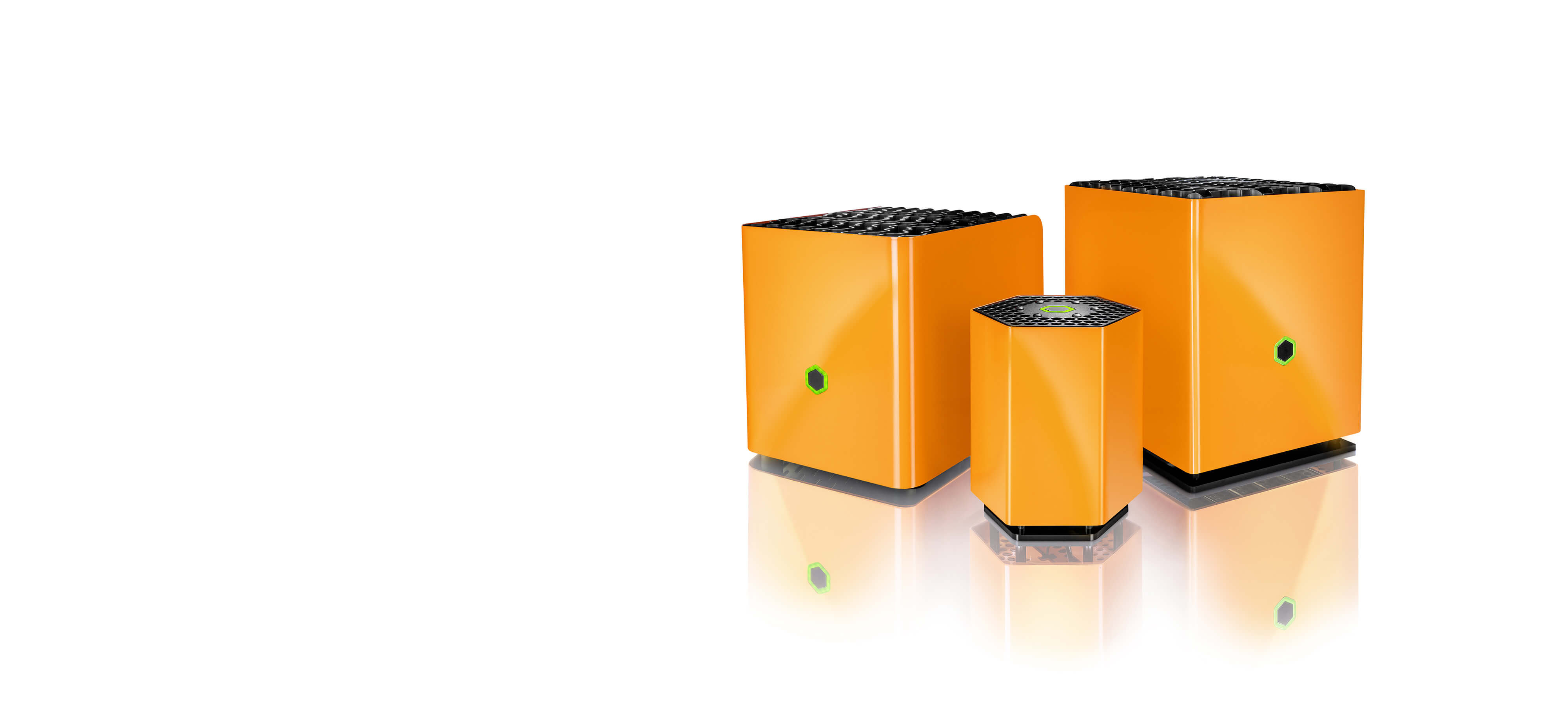About the future of design process
Von Protonet Team. Veröffentlicht 21. August 2012.
Industrial Designers have always dreamt about the universal automatic prototyping machine. If money is out of the question, current cnc-mills already come pretty close to offer subtractive machining for almost every material imaginable and current 3d printers come close to generatively create almost any shape.
So what is missing, why do I have the feeling that we are still miles away from that dream?

I stumbled on a really intuitive but somewhat limited tool recently, the position corrected hand driven router.
This device allows to cut sheets with a router by hand without any physical template, only guided by digital outlines. The path is roughly followed with the hand movement while a cnc correction mechanic fills in the details from a digital source.
Looking closer at the model task, some limitations become obvious:
– There is always a small latency between positioning and correcting.
– The rotation speed of the router has to be very slow to allow repositioning before the blades of the cutter touche the surface again. This turns out to be only possible when there is an 360° encoder to determine the position of the blades and the correcting mechanism is magnitudes faster than the blade speed.
It seems that cutting a complex shape with this approach may look pretty good, but try to cut a straight line with that!
You will get dents and burrs in the line which aggregate with the rotation speed of the router. Defects will be the least when the cutting speed is painfully slow. Just to be able to cut straight lines and smoothly curved paths with reasonable speed, you will want your CNC machine back.
But despite described shortcomings, the project shows what the production industry is going to.
Currently we need so many crutches to get to the point. Things go from sketches, to drawings, to CAD, to CAM to Gcode and then even get processed into individual axle movements inside the machine (cnc-mill, cnc-lathe, 3dprinter, router, etc.).
Do we need that many steps?
What is this whole CAD thing about? – Drawing on the PC is so artificial that it often leads to mechanical difficulties in reality or overly complex construction.

Why not go from drawing directly to the manufacturing – at least for the prototype?
I think in the future sketching will be done directly with the cnc-machine, directly followed by the machining. You just put in the material into the machine and use 3d projection, touchscreens, gesture detection and digital pens to direct the cuts and process.
Construction will be made with the machine itself in a more experimental way – just like back in the 1800s when people were experimenting with pistons and cranks on their lathe and eventually developed things like Compound Steam-Engines!
Of course drawings will be saved immediately during the production Process, but they won’t get in-between the Designer and his Imagination of shaping the Object.
Teach-in of machines will not be one of the last processes after finishing a design in sketches, CAD and CAM – instead it will be the first process literally the same as the sketching phase! The interface has to become much simpler and faster to operate. The CNC machine has to become invisible while working with the material.
Thus the product can eventually be developed much faster and more optimized to the material and machining involved in the process compared to traditional CAD construction which are sometimes more of a brute-force approach for design.
Thats what I expect from the next generation of Machine Software Engineers and Interface Designers out there!

Bilder vom KuKa Industrieroboter zur Verfügung gestellt von Ulf Freyhoff (Künstler).
Vorheriger Artikel

How the rise of the web turns the server stack a lot less relevant
Nächster Artikel
